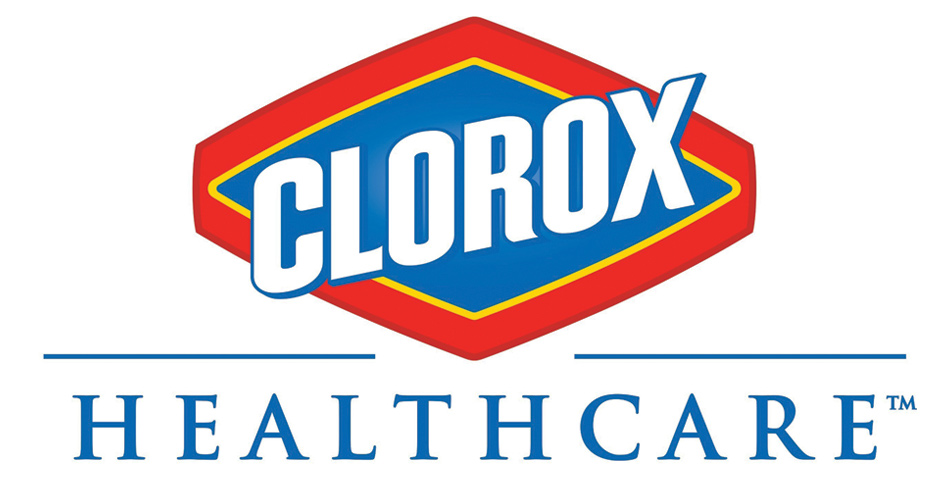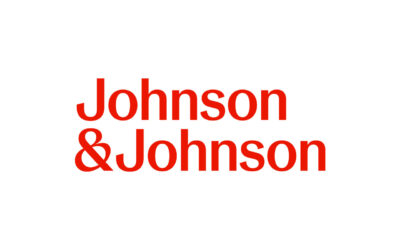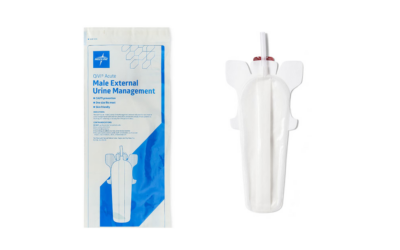The common idiom “April showers bring May flowers” may be on many people’s minds this month, but I’d like to focus on a different kind of shower – the preoperative variety. With many important surgical meetings happening this month such as the Surgical Infection Society’s 35th Annual Meeting (April 15-18) and the American Surgical Association Annual Meeting (April 23-25), April is the perfect time to review your facility’s process for patient preoperative skin cleansing and how proper skin cleansing can help reduce the risk of surgical site infections (SSIs).
Are Your Patients Showering Too Much or Not Enough?
Many outpatient and acute-care facilities ask patients to bathe using chlorhexidine gluconate (CHG) prior to surgery, but depending on the facility and the guidelines they follow, skin cleansing protocols can vary greatly. Different facilities encourage a different number of preoperative cleanses (one vs. two vs. three), types of cleansing products (CHG vs. soap and water) and different types of product forms (CHG presaturated cloths vs. CHG liquid soap).
Despite these differences, evidence suggests that patients benefit from at least two CHG cleanses prior to surgery. Some of these findings include:
• An infection risk 4.76 times higher among patients who did not receive a CHG cleansing prior to surgery compared to those who cleansed with CHG at least twice prior to surgery.1
• A study published in the Journal of Knee Surgery showed that “a statistically lower incidence of surgical site infections was found in patients using [CHG] cloths (0.6%)  compared with patients undergoing in-hospital perioperative skin preparation only (2.2%).”2
compared with patients undergoing in-hospital perioperative skin preparation only (2.2%).”2
CHG concentrations on the skin’s surface accumulate with repetitive application, so a single cleanse may not be enough to reach the concentration needed to actually inhibit microorganisms on the patient’s skin. In their studies on the relative efficacy of two vs. one preoperative CHG cleanses, Dr. Charles Edmiston and colleagues have concluded that the accumulative effect of two cleanses offers significant benefits by increasing the concentration of CHG on the skin.3
Changing Industry Recommendations
In 2014, the Centers for Disease Control and Prevention (CDC) and the Association for PeriOperative Registered Nurses (AORN) issued drafts of their intended updates to their recommendations for preoperative patient skin antisepsis and SSI prevention that no longer specifically recommend the use of an antiseptic but rather allow for cleansing with either an antiseptic or soap and water. In addition, the AORN guidelines have gone from recommending two cleanses to one cleanse.
The proposed recommendation changes have the potential to cause confusion and jeopardize patient care by leaving preoperative bathing guidelines open to interpretation and expanding upon the variation of different skin cleansing protocols currently used by healthcare professionals. With SSIs affecting between 2% and 5% of inpatient surgery patients and resulting in death as often as 3% of the time,4 there is a need for greater clarity in preoperative skin cleansing recommendations.
To learn more about this issue and specific steps to bolster SSI prevention strategies download a free copy of the whitepaper I recently co-authored, “An Evidence-Based Approach to Preoperative Skin Cleansing Focused on Patient Compliance” at
www.CloroxHealthcare.com/CHGSkinPrep









